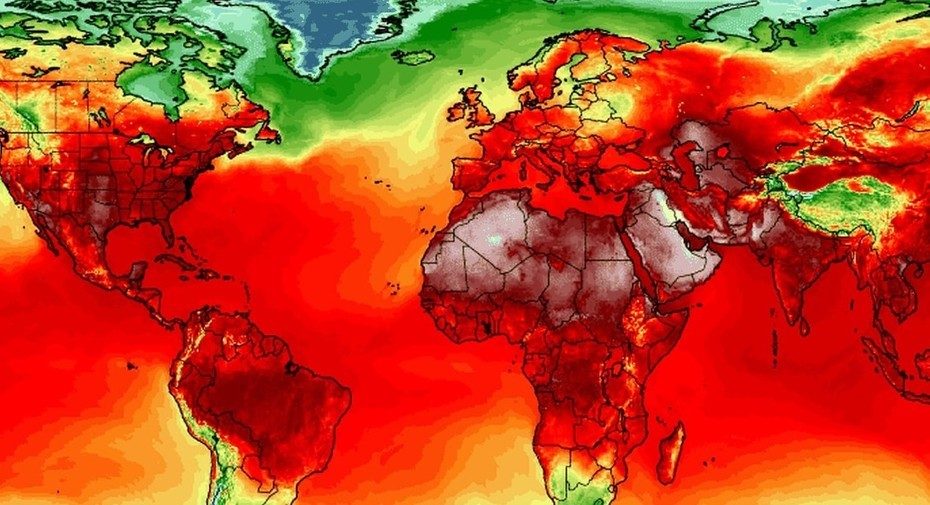A recent scientific research warns about the imminent evaporation of the Caspian Sea.
It is the largest inland body of water in the world and has been shrinking for years. By 2100, its level could drop by 21 meters if no action is taken.
Caspian Sea Evaporation: concerning numbers
According to research led by the University of Leeds, whose data was released by EuropaPress, the Caspian Sea is shrinking. The increase in temperatures causes more water to evaporate than what reaches it.
 The Caspian Sea.
The Caspian Sea.
Even if global warming is limited to less than 2 °C, it is likely that the level of the largest inland body of water in the world will decrease between 5 and 10 meters.
But if temperatures continue to rise, the water level could drop by 21 meters by 2100.
The researchers detailed the potential risks this represents for the biodiversity and human infrastructure of the region in an article published in Communications Earth & Environment.
The risks
Currently, the Caspian Sea spans approximately 1150 kilometers by 450 kilometers, with a total area of 387,000 square kilometers.
With a 10-meter decrease, it is predicted that four out of the 10 unique ecosystems of this sea will completely disappear. Thus, the coverage of existing marine protected areas (areas designated for conservation) would be reduced by up to 94%.
According to the research, the decrease in water level will leave Caspian seals with a significantly reduced breeding habitat.
It will also restrict the access of sturgeons to spawning rivers and cause the loss of coastal lagoons and important reed beds for the spawning of other fish species and migratory birds.
More than 15 million people live on the Caspian coast in Azerbaijan, Iran, Kazakhstan, Russia, and Turkmenistan. The neighboring nations depend on this body of water for fishing, maritime transport, and trade, as well as its role in regulating the climate in Central Asia.
Equivalent to the size of Iceland
The findings show that an area of 112,000 square kilometers, larger than the size of Iceland, is likely to dry up.
Even, as described, in an optimistic global warming scenario with a 10-meter decrease.
 Risks due to global temperature.
Risks due to global temperature.
Since many of the most ecologically and economically important areas are in shallow waters, this could have significant consequences for biodiversity and population sustainability in the region, according to the study.
For example, the Caspian Sea is home to the Caspian seal, an endangered species, and six sturgeon species, as well as hundreds of fish and invertebrate species that do not inhabit any other place.

